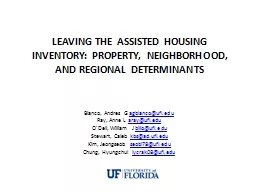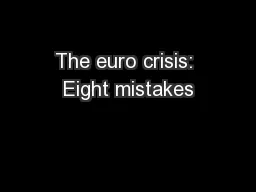PPT-An exit roadmap for leaving the Euro Zone
Author : trish-goza | Published Date : 2016-03-02
Pedro Cosme Costa Vieira Faculdade de Economia do Porto Public Finances and the Eurozone Economies Past Present and Future Perspectives Conference Porto 910
Presentation Embed Code
Download Presentation
Download Presentation The PPT/PDF document "An exit roadmap for leaving the Euro Zon..." is the property of its rightful owner. Permission is granted to download and print the materials on this website for personal, non-commercial use only, and to display it on your personal computer provided you do not modify the materials and that you retain all copyright notices contained in the materials. By downloading content from our website, you accept the terms of this agreement.
An exit roadmap for leaving the Euro Zone: Transcript
Download Rules Of Document
"An exit roadmap for leaving the Euro Zone"The content belongs to its owner. You may download and print it for personal use, without modification, and keep all copyright notices. By downloading, you agree to these terms.
Related Documents














